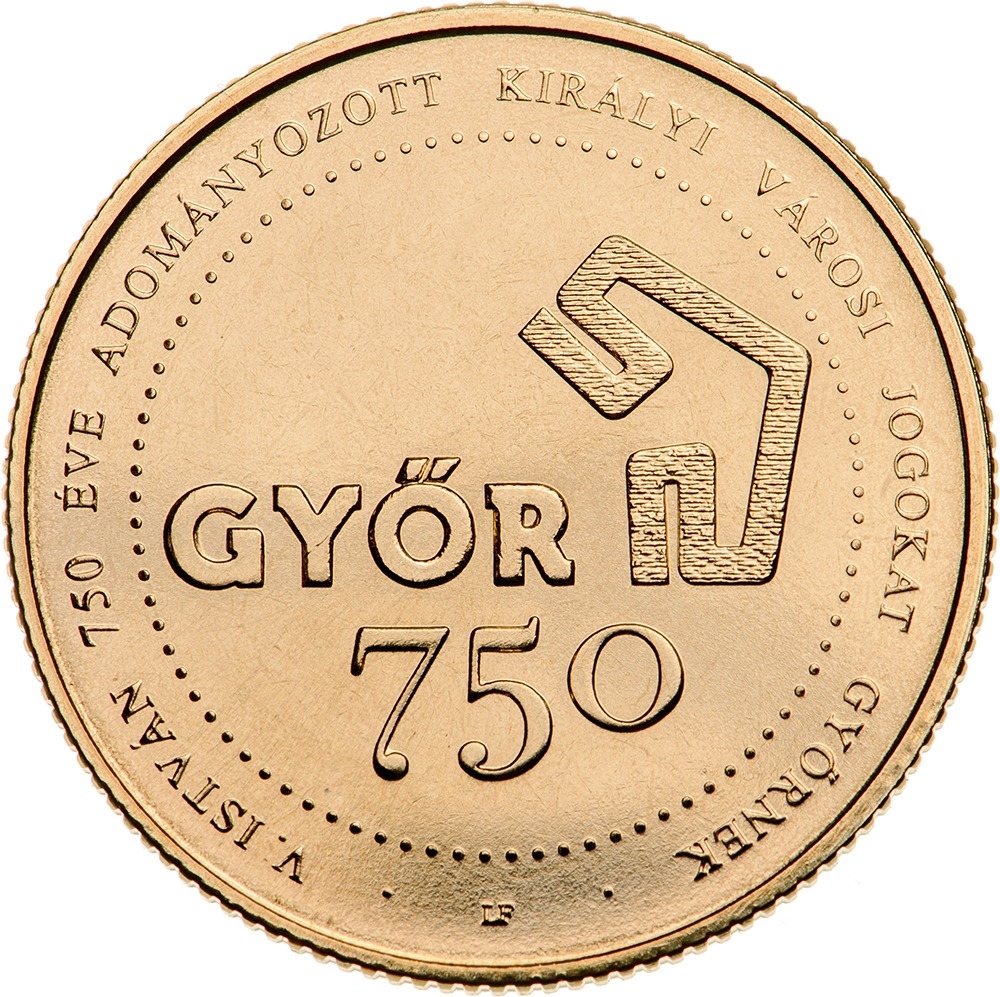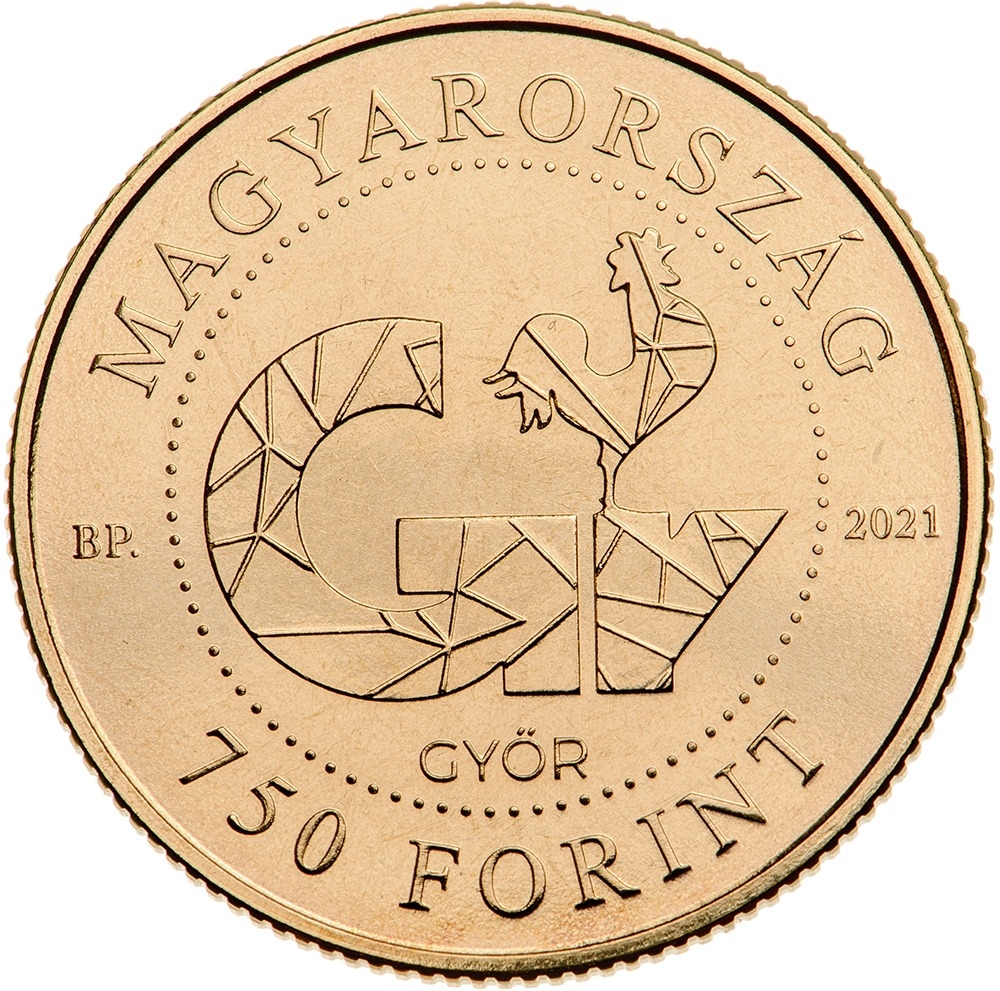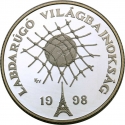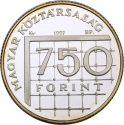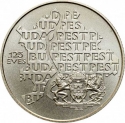You are about to finish your registration. Please check your mailbox (including spam folder). There should be a letter with a confirmation link. Check setting to make sure that your e-mail address is correct.
Send letter againDescription
Győr, one of Hungary's oldest cities, has a rich history and serves as an economic, intellectual, cultural, religious, and sports hub in Western Hungary, as well as the seat of Győr-Moson-Sopron county. King Saint Stephen made it a secular and ecclesiastical center by establishing a county and bishopric here. Known as the city of rivers, Győr owed its significance to its strategic location. In 1271, King Stephen V elevated Győr to a royal city, granting it rights such as electing judges, exemption from customs duties, holding markets, and the right to halt goods. During the Turkish era, it was a significant military stronghold. In the 17th and 18th centuries, its transformation into a fortress made it one of Hungary's most beautiful baroque cities. By the late 19th century, Győr became an industrial center, retaining its significant role to this day.
Engraver: Ferenc Lebó
Obverse

|
Depicts a jubilee logo referring to the 750th anniversary of the city of Győr, enclosed within a border of pearls. Along the edge, in a circular inscription, reads "750 YEARS AGO, KING STEPHEN V GRANTED ROYAL CITY RIGHTS TO GYŐR," bordered by dots. Below the inscription, in the middle, is the engraver's initials. V. ISTVÁN 750 ÉVE ADOMÁNYOZOTT KIRÁLYI VÁROSI JOGOKAT GYŐRNEK |
|---|---|
Reverse

|
Depicts a logo referring to the historical past of the city of Győr, enclosed within a border of pearls. In the center field surrounded by pearl borders, the logo recalls one of the city's symbols, the brass rooster, along with its legend. Below the depiction of the logo reads "GYŐR." Along the edge, in a circular inscription, "HUNGARY" is at the top, while the denomination and "FORINT" are at the bottom. Horizontally centered, on the left side is the mintmark "BP.," and on the right side is the issue year "2021." MAGYARORSZÁG |
| Edge |
750 Forint
750th Anniversary of Győr Becoming a Royal Town
Adamo# EM425
750th Anniversary of Győr Becoming a Royal Town
Characteristics
| Type | Commemorative Issue (Non-circulating) |
| Material | Nickel Silver |
| Weight | 9.4 g |
| Diameter | 29.5 mm |
| Thickness | 2 mm |
| Shape |
|
| Alignment | Medal |
| Mint |
Budapest Mint (BP)
|
